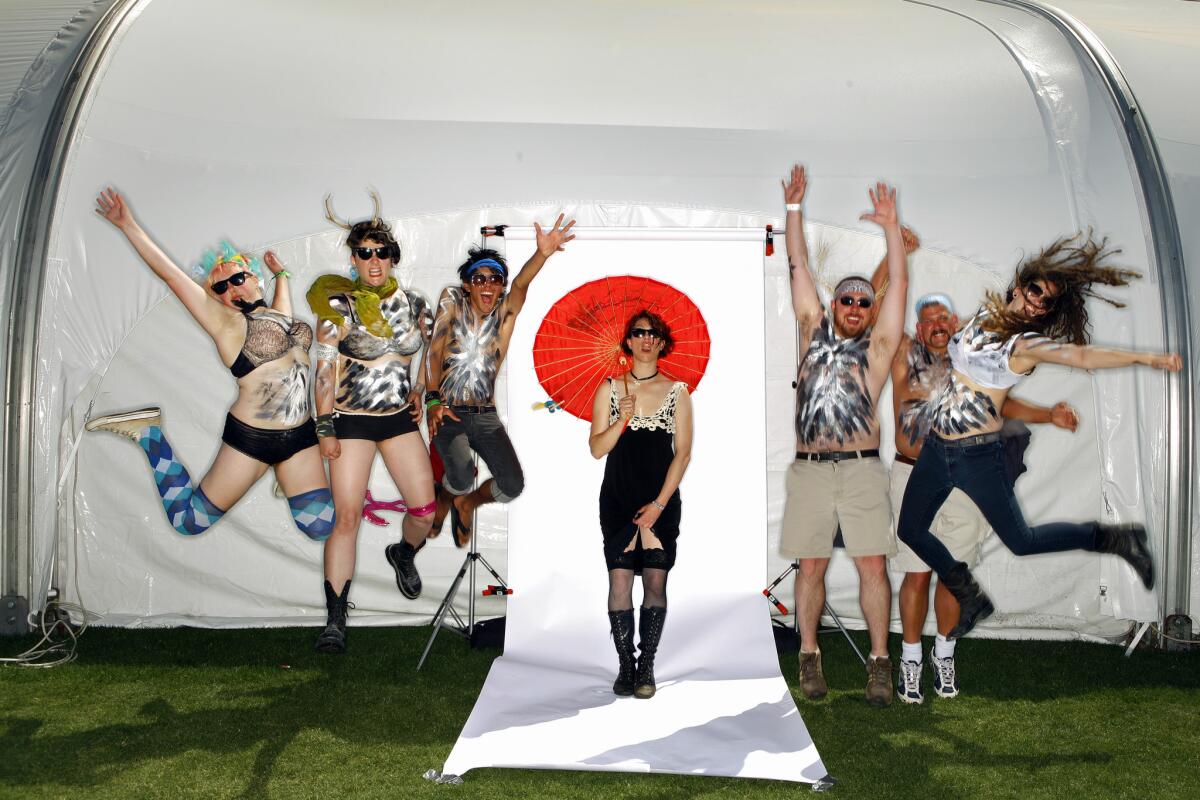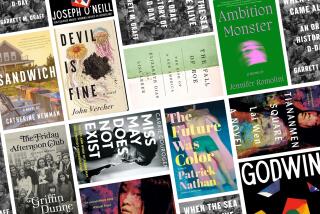Celebrating late bloomers with 35 Over 35

The history of literature is full of late bloomers: Henry Miller, author of three failed novels before he published “Tropic of Cancer” at 43; Raymond Chandler, who was 51 when he debuted with “The Big Sleep” in 1939. It puts the lie to the notion (increasingly endemic in our culture) that art, and especially literary art, is a landscape of the young.
For every David Foster Wallace, 24 when his first novel, “The Broom of the System,” came out in 1987, or Bret Easton Ellis, whose “Less Than Zero” was a bestseller the year he turned 21, there is a Tillie Olsen, 59 when her magnificent collection “Tell Me A Riddle” appeared in 1961, or Harriet Doerr, who published her first book, the 1983 novel “Stones for Ibarra,” at the age of 73.
As 35 Over 35, a Tumblr page created to celebrate 35 debuts in 2014 by writers over 35, reminds us: “Writing a book is a significant accomplishment but publishing one successfully is a major accomplishment. To do both of these things early in one’s career is a feat that is often celebrated. But few authors find such early success. Others must persevere or experience an event that drives them to put a story down in writing. Many of these writers have kept their day jobs longer, clocked more hours in workshops, and received more rejection letters than their younger peers, and still they write.”
35 Over 35 is the inspiration of writer Kera Yonker and publicist Sarah Russo, and it’s a great idea. The name plays off (among other age-defined lists: 5 Under 35, 20 Under 40) Debra Spark’s 1986 anthology “20 Under 30,” a book that made me feel inadequate as a young writer, featuring, as it did, early work by David Leavitt, Lorrie Moore, Mona Simpson and Susan Minot — collectively called by Bob Shacochis “the master storytellers of the 21st century.”
I admired Spark’s book, although I also took it as an indication that I was going nowhere fast. That may be why I am so pleased by 35 Over 35, with its assurance that writing is a lifelong engagement, a marathon and not a sprint.
The writers here — who include D. Foy, Scott Cheshire, Julia Fierro, Rachel Sussman and Amanda Palmer — have been around, and their books grow out of that experience. Anti-prodigies, I guess we could call them, but the real point is to look beyond the labels by which we categorize literary work.
For that reason, perhaps, the 35 Over 35 list is eclectic, highlighting poetry, fiction, reportage and more. Smith Henderson’s “Fourth of July Creek” imagines its way into the mind of a survivalist in the Montana wilderness; Jaime Joyce’s “Moonshine” offers a history of home-brew. Some of the books here (Atticus Lish’s “Preparation for the Next Life,” Matthew Thomas’ “We Are Not Ourselves”) have been covered widely and others are new to me, but this, I think, is as it should be, since it is not the coverage so much as the creation 35 Over 35 celebrates.
It’s been a long time now since I turned 35 — longer than I care to acknowledge. And yet, a list such as 35 Over 35 renews my faith in the long haul, which is what literature, expression, is about.
“Age has no reality except in the physical world,” Gabriel Garcia Marquez writes in “Love in the Time of Cholera.” “The essence of a human being is resistant to the passage of time. Our inner lives are eternal, which is to say that our spirits remain as youthful and vigorous as when we were in full bloom.”
Twitter: @davidulin
More to Read
Sign up for our Book Club newsletter
Get the latest news, events and more from the Los Angeles Times Book Club, and help us get L.A. reading and talking.
You may occasionally receive promotional content from the Los Angeles Times.








